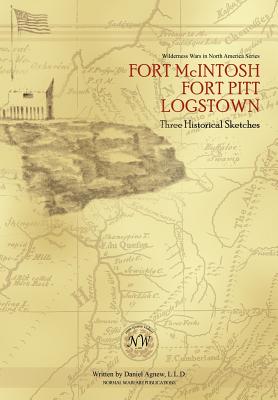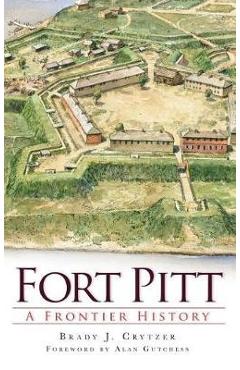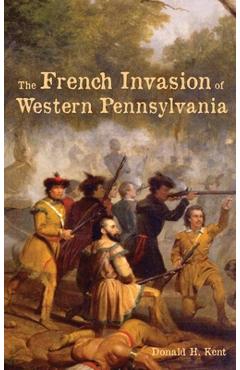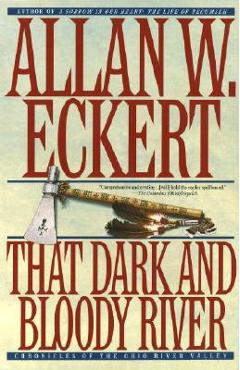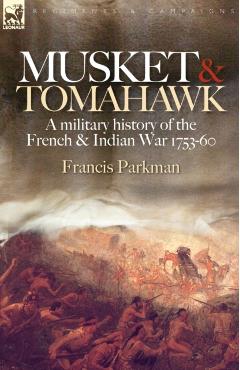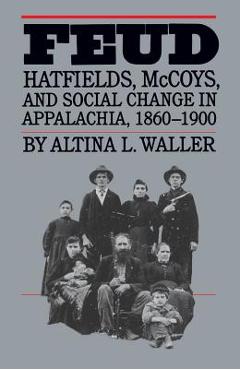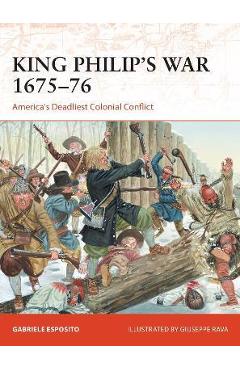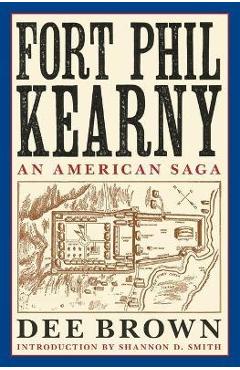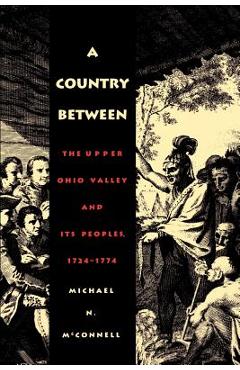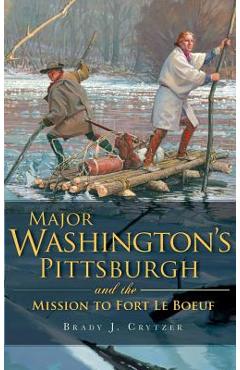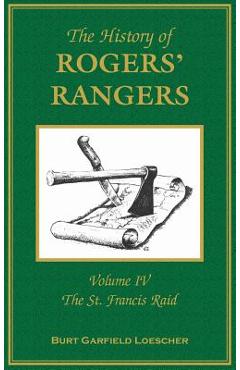Fort McIntosh Fort McIntosh at the site of present-day Beaver, Pennsylvania, was built by General Lachlan McIntosh in 1778 as a staging ground for a planned military expedition in the west. Although the expedition was soon abandoned, Fort McIntosh remained occupied until 1785. Fort Pitt Fort Pitt was the Gateway to the West at the forks of the Ohio River Valley. Built in 1759 on the ruins of French Fort Duquesne, it served as an outpost for the British from 1759-1772. Occupied by the Americans, first by Virginian forces in 1773, then by troops of the Continental Army in 1777, Fort Pitt remained the primary western post for colonial forces during the War of American Independence. Logstown Logstown, at present-day Ambridge, Pennsylvania, was an important center for frontier diplomacy with the indigenous peoples living in the Ohio River Valley during the 1740s and 1750s. Occupied from approximately 1738 to 1758, Logstown was at the center of the events that shaped the destinies of the indigenous peoples of the upper Ohio River Valley throughout this period. This edition reprints three short historical sketches Judge Agnew originally published in 1893 and 1894. The first, Fort McIntosh: Its Times and Men, provides a history of Fort McIntosh as well as information related to Fort Pitt during the later years of War of American Independence. The second essay, "Fort Pitt" and Its Times, covers aspects of the history of Fort Pitt not contained in the earlier work. The third work, "Logstown" on the Ohio, is a history of white relations with the Native American inhabitants of the village of Logstown, an important trading center during the 1740s and 1750s. The Honorable Daniel Agnew (1809-1902) was one of the earliest residents of Beaver, Pennsylvania. Born in Trenton, New Jersey, his family moved to Pennsylvania when he was still young. He graduated from Western University in Pittsburgh in 1825 and began to practice law. Agnew moved to Beaver in 1829. He became a member of the Whig Party and was appointed a judge in the 17th Judicial Circuit in 1851. Agnew then served as Chief Justice of Pennsylvania from 1863-1878. After his retirement, he returned to Beaver, where he spent most of the remainder of life in the pursuit of local history.
